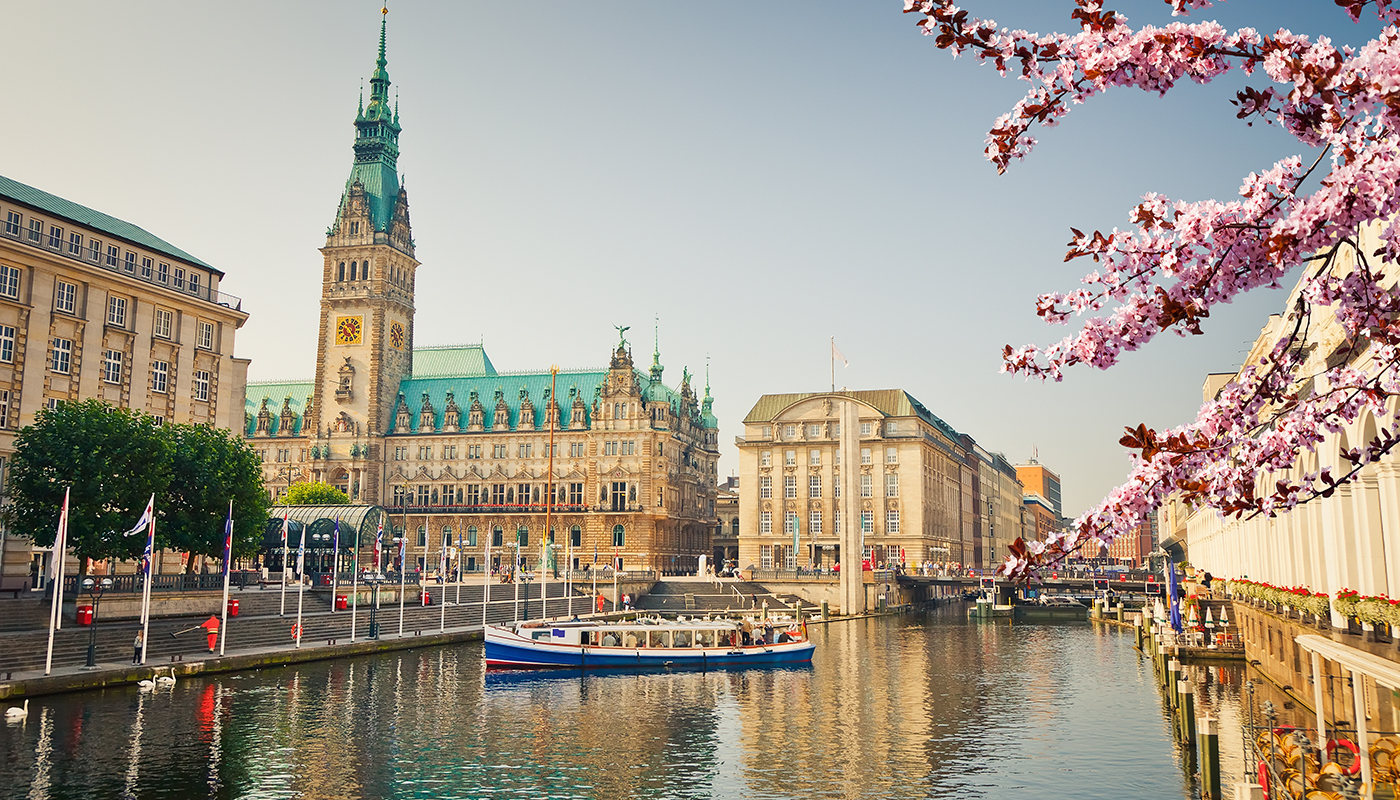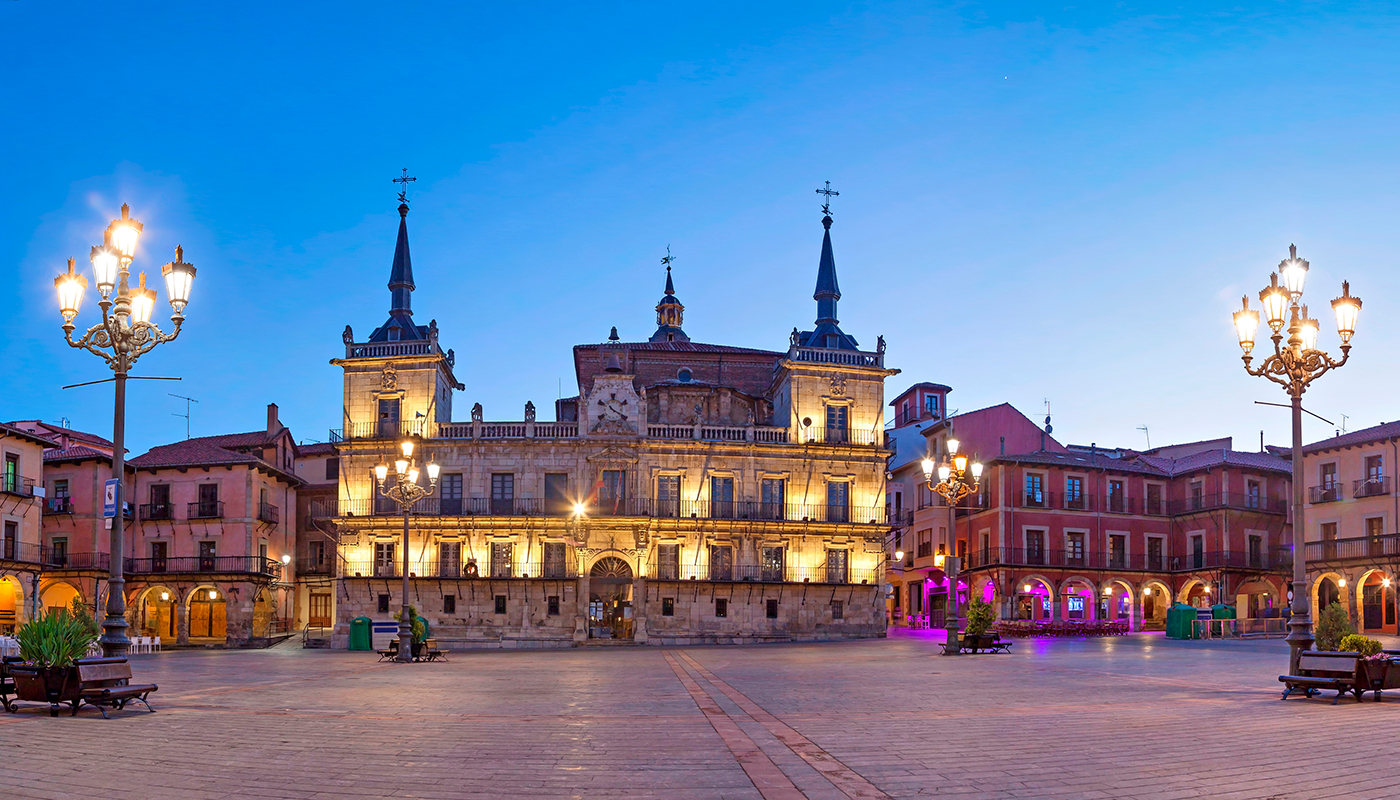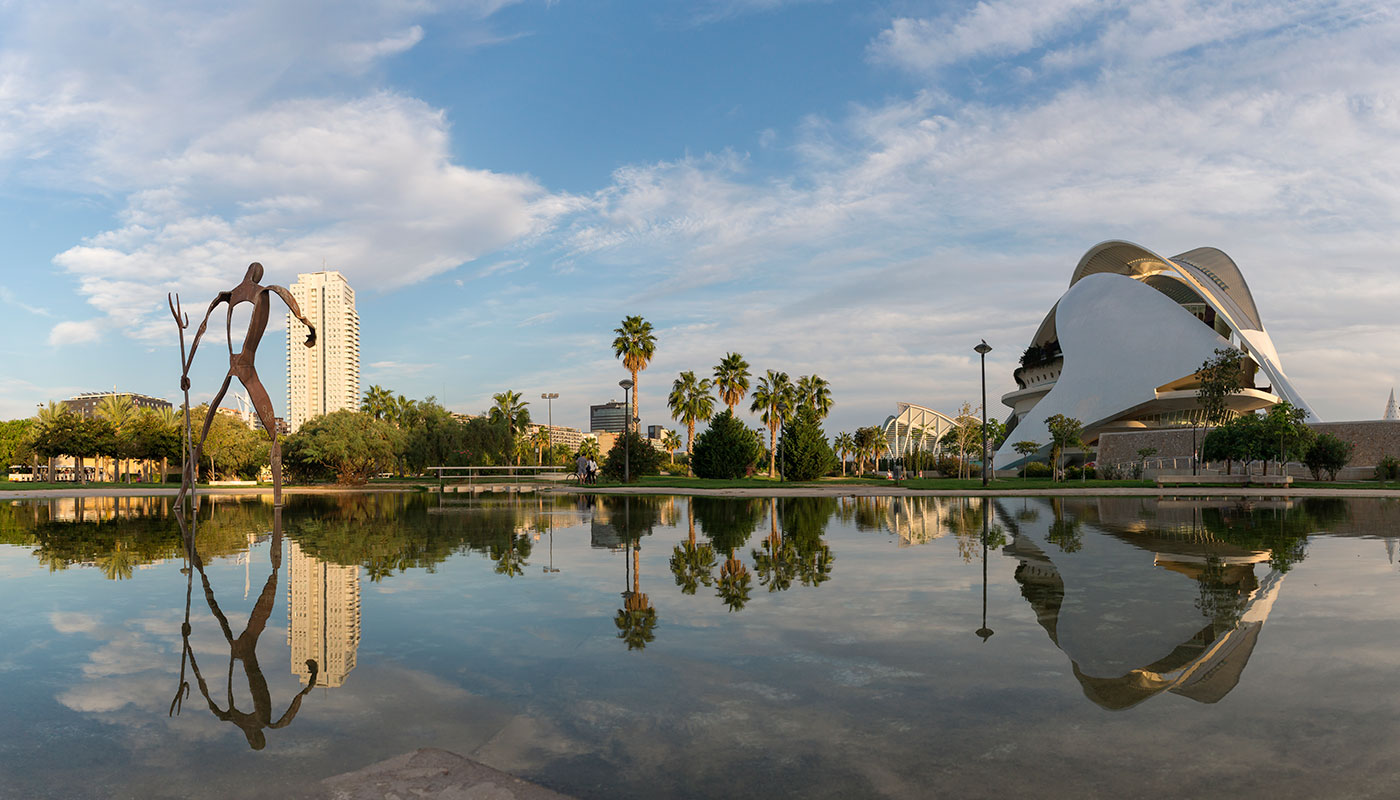Situated on the outskirts of Gijón in the parish of Cabueñes, the Universidad Laboral de Gijón – more commonly referred to as La Laboral or Laboral Ciudad de la Cultura – is Spain’s largest building at a whopping 270,000 m2 and is one of the most creative and monumental spaces in Asturias. La Laboral was built between 1946 and 1956 and was declared a monument of cultural interest under the Spanish heritage register in 2016.
What was originally an orphanage for children of miners is now home to a variety of institutions such as the LABoral Centro de Arte y Creación Industrial exhibition centre, the ‘Jovellanos’ Faculty of Trade, Tourism and Social Sciences of the University of Oviedo, the Asturias Institute for Dramatic Arts, a conservatory of music and the cultural space Laboral Ciudad de la Cultura.
La Laboral on film
The whole architectural complex is so spectacular that it has featured in several Spanish films including La gran aventura de Mortadelo y Filemón, Campamento Flipy, Fuga de cerebros (it stood in for Oxford University) and the series La Zona.
Next door are several other areas belonging to the José Antonio Girón Foundation providing a range of other services. There’s a municipal golf course and a secondary school (both built on former farm estates) and the headquarters of the regional radio and TV station (the former site of a convent of Clarist nuns). Nearby are the Hospital de Cabueñes, a funeral home, the Gijón Science and Technology Park and the Gijón campus of the University of Oviedo.
As if that weren’t enough, this immense site also encompasses a 2,000-m2 facility owned by ThyssenKrupp Elevator, a German multinational that tests its prototype escalators, moving walkways and passenger boarding bridges here.
Plans are also afoot for more than a hundred apartments for students and teachers at the University of Oviedo.

About the building
Luis Moya, the person behind this spectacular building, based his design for the 1,500-seat conference hall on the Parthenon. The entire structure is formed around a 150-m long central patio which functions as a major social space. The patio is comparable in size to El Escorial (a historical residence of the King of Spain) and to the Piazza San Marco in Venice.
However, the most outstanding and most photographed building at La Laboral is the church. It is the largest elliptical church in the world and is adorned outside by the image of the Virgin of Covadonga, flanked by those of San José, San Ignacio, San Pedro and San Pablo. On either side of the alcove housing the Virgin are 16 statues of other saints. The entire floor of the church is marble and each pew was carved from one solid piece of wood in Equatorial Guinea. The church is now a venue for art exhibitions and is no longer used for formal religious purposes.

Teatro La Laboral
The entrance to the magnificent 1,756-seat theatre is guarded by the statues of six great Spanish literary figures: Cervantes, Moratín, Calderón, Quevedo, Tirso de Molina and Lope de Vega.
The crowning glory of the entire complex comprising the Universidad Laboral de Gijón is a great 130-m high tower modelled on the Giralda in Seville and the Tower of Hercules in Galicia. Visit the viewpoint on the 17th floor of the tower to really appreciate the grandeur of La Laboral. The inside is decorated with hand-painted tiles from Talavera de la Reina. It is the tallest building in the Principality of Asturias and the tallest stone building in Spain.
Visiting La Laboral
The complex has a visitor centre at the entrance. The hour-long guided tours leave from here and take you around the Corinthian patio, the tower viewpoint and the church. You will also have a chance to visit other areas of La Laboral including the café and kitchens. Accessible visits can be arranged for groups of at least 15 people.
Origin of the Universidad Laboral de Gijón
La Laboral was originally built in response to a tragic mining accident in the region. The authorities of the time decided to create a place that could look after 1,000 mining orphans. The children would have access to everything they needed to complete their education: accommodation, schooling, industrial workshops, a farm, sporting facilities and more.
While the project was under way, the Ministry of Work decided to set up what were known as the Universidades Laborales (an education initiative in Spain targeting working class children). Hence, the building became the Universidad Laboral de Gijón. It was run by the Jesuits with the help of Clarist nuns.
At its peak it was the second largest education institute in Spain with 3,000 pupils on its roll. However, by the 1980s it was almost totally abandoned. The Government of Asturias subsequently established the Ciudad de la Cultura (City of Culture) foundation in the 1990s and the building was overhauled between 2001 and 2007. Today, the city of Gijón can boast having a truly monumental space which provides a whole host of cultural services.







































































